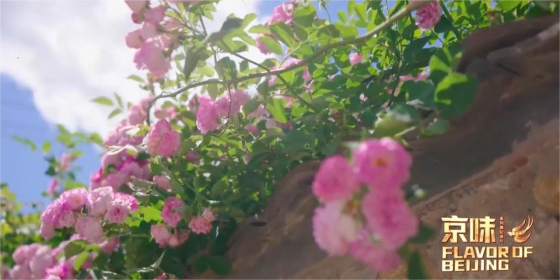Intangible Cultural Heritage of Beijing's Pinggu District
Beijing's Pinggu District currently has 903 items registered as intangible cultural heritage resources and 56 items registered as intangible cultural heritage at the district level or higher, including one registered at the national level and five registered at the municipal level.
Come and experience the charm of Pinggu District's intangible cultural heritage!
Representative District-Level Intangible Cultural Heritage
Paper cutting from Nandulehe Town: Yu Fuqing, a paper-cutting artist from Nandulehe Village, Nandulehe Town.
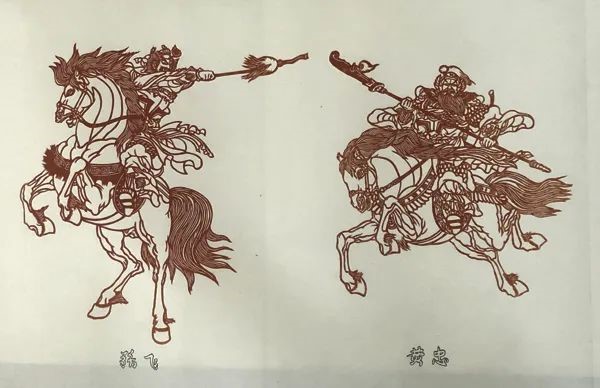
Pinggu folk paper cutting: Li Mingxia, a paper-cutting artist from Xiaoyuzi Village, Dahuashan Town.
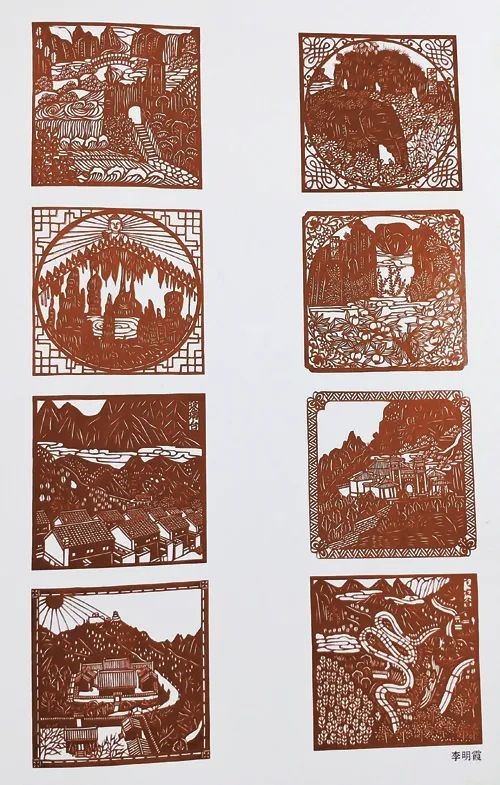
Embroidery from Hongshikan Village: Zhang Xiaoying, an embroidery artist from Hongshikan Village, Jinhaihu Town. This village has a long history of embroidery that stretches back to the last years of the Qing Dynasty.
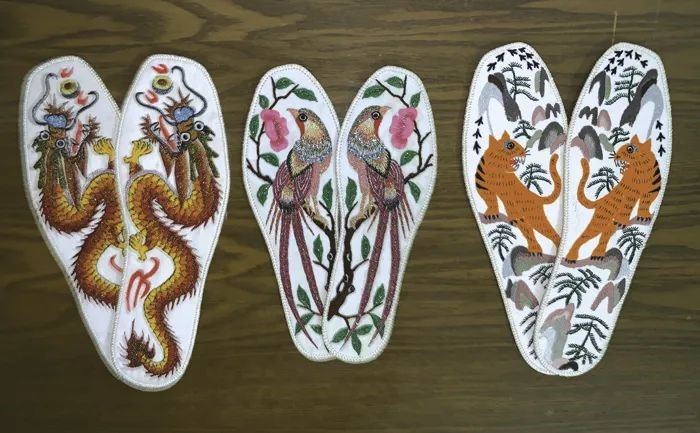
Jia Family paper carving: Jia Zuoyi, a paper carving artist from Taihou Village, Wangxinzhuang Town. Jia Family paper carving is derived from traditional Chinese shadow play whose characteristics and forms it mimics.
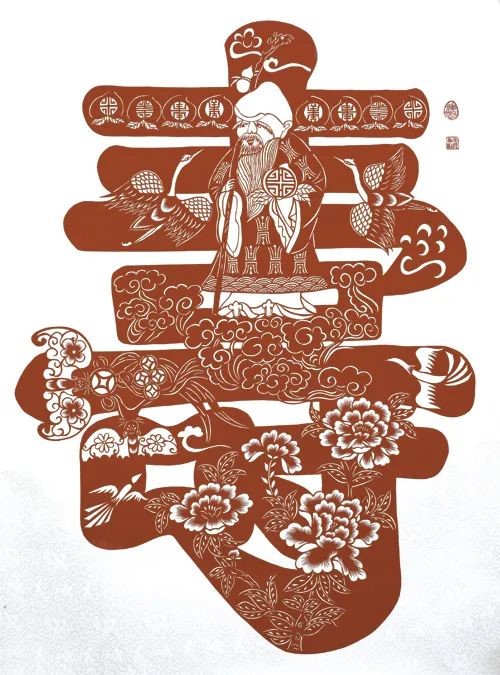
Calabash pyrography: Also known as burning gourd painting, calabash pyrography is a kind of traditional art that represents good fortune and peace and is popular among the people.
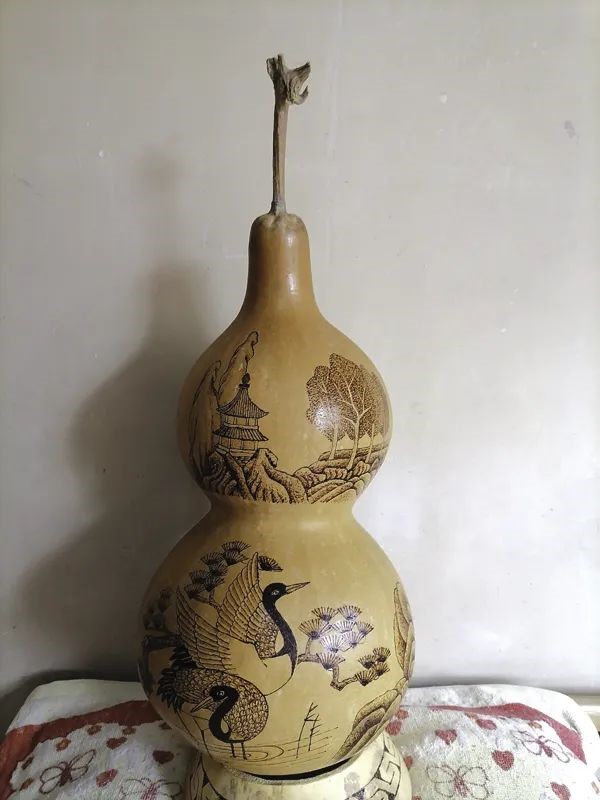
Hair embroidery: Also known as black embroidery, hair embroidery is a type of art that combines painting and embroidery and uses strands of hair as material. A representative Pinggu hair embroidery artist is Chen Zhixia of Nandulehe Village, Nandulehe Town.
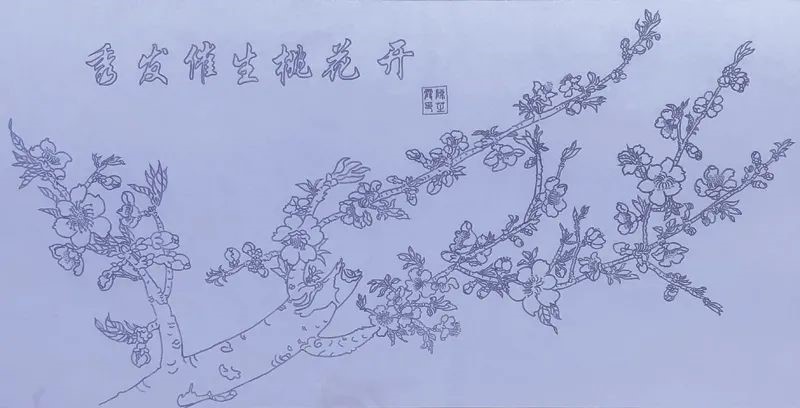
Tooth carving and wood carving: Zhang He, a resident of Angu Village, Xiagezhuang Town, uses his carving skills to create art on a variety of different materials.

Dough sculpture:commonly known as dough modeling, ceremonial bun, dough flower, and dough figurine.
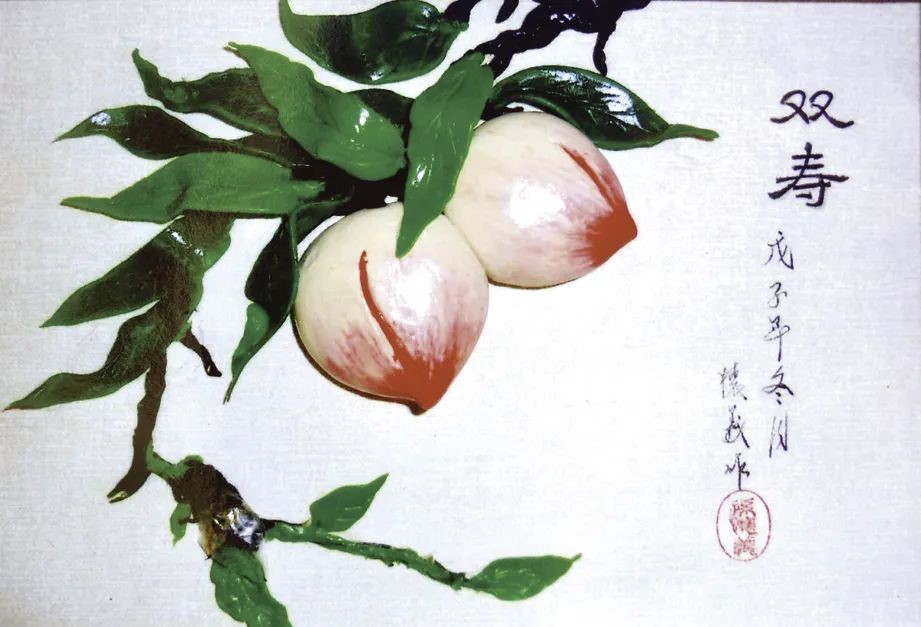
Calligraphy: The art of calligraphy has a long history in Pinggu, the earliest being the "tortoise" oracle bone inscription carved on a Shang Dynasty bronze vessel excavated in Liujiahe Village. Many cultural relics, carved stones, and books dating from various dynasties have been excavated, such as the Yaji Mountain inscriptions.
In 2012, Pinggu District was awarded the title of "Cradle of Chinese Calligraphy".
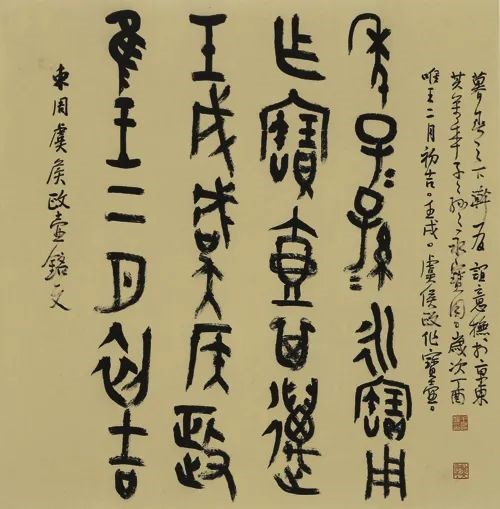
Pinggu peach customs (peach culture): peach-related customs and culture that originated in Dahuashan Town and grew to gradually cover the entire Pinggu district.
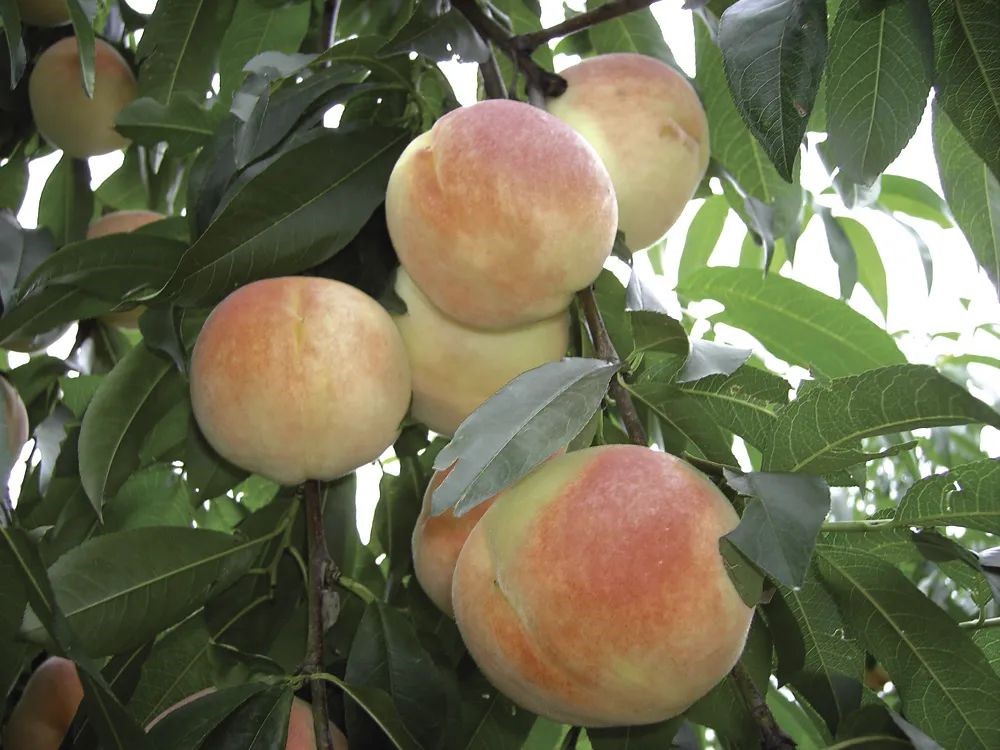
Xixingyuan Pingju Opera: Pingju Opera performed by farmers in Xixingyuan Village, Wang Xinzhuang Town.
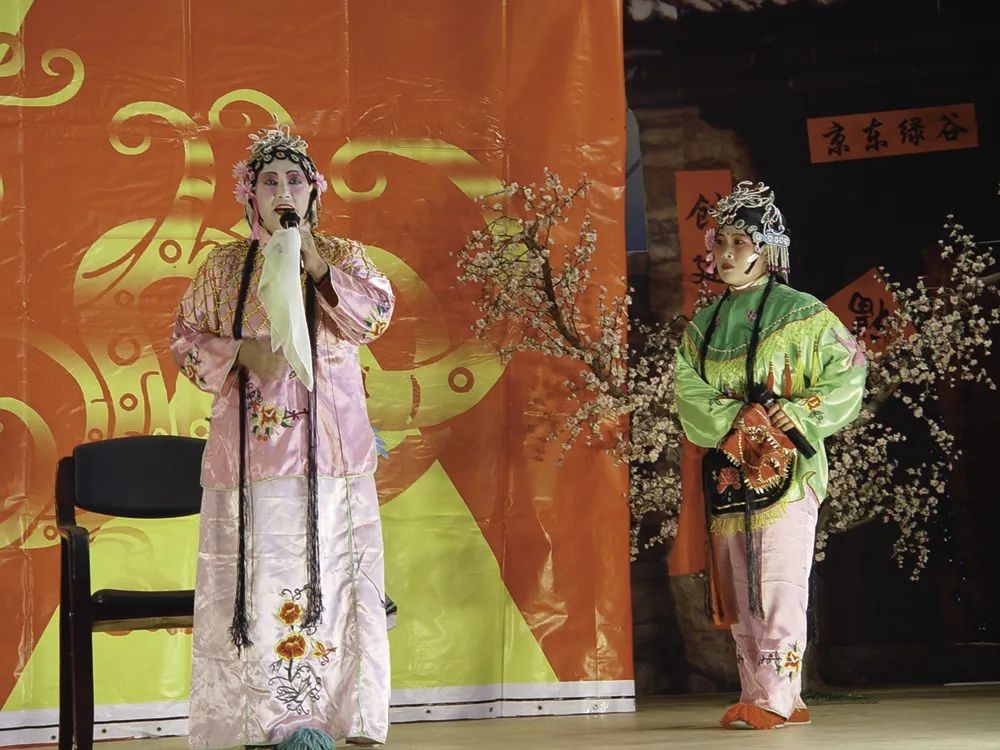
Zhushui Village traditional shadow plays: traditional shadow plays in Zhushui Village, Jinhaihu Town.
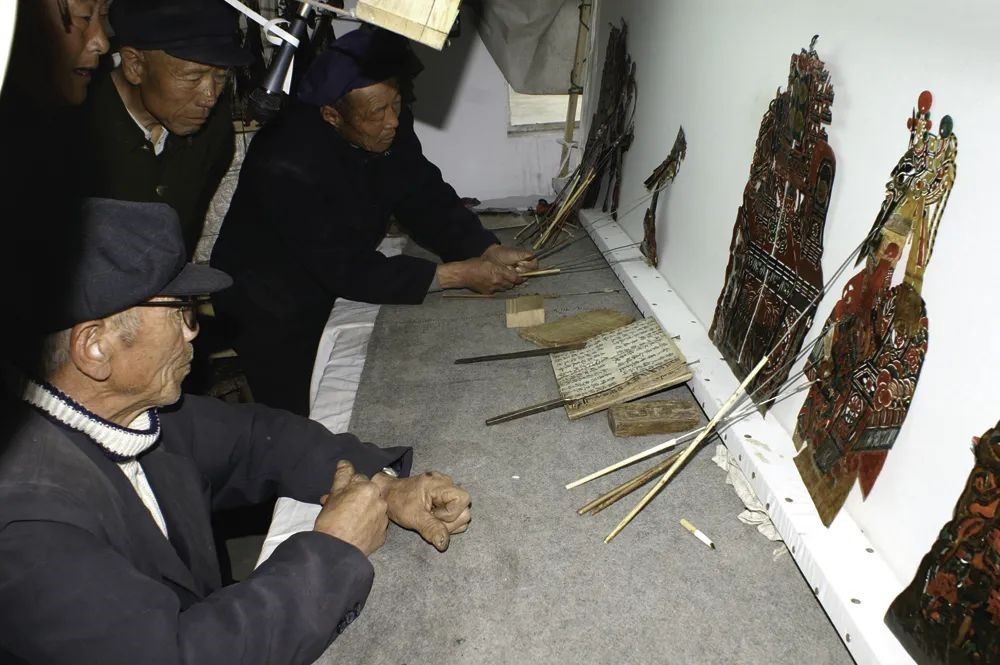
Traditional market in Kaoshanji Village (Jieshan Market): The history of this traditional agricultural market in Kaoshanji Village of Jinhaihhu Town stretches back more than 600 years.
(Source: Official WeChat Account of Beijing Pinggu Integrated Media Center)


